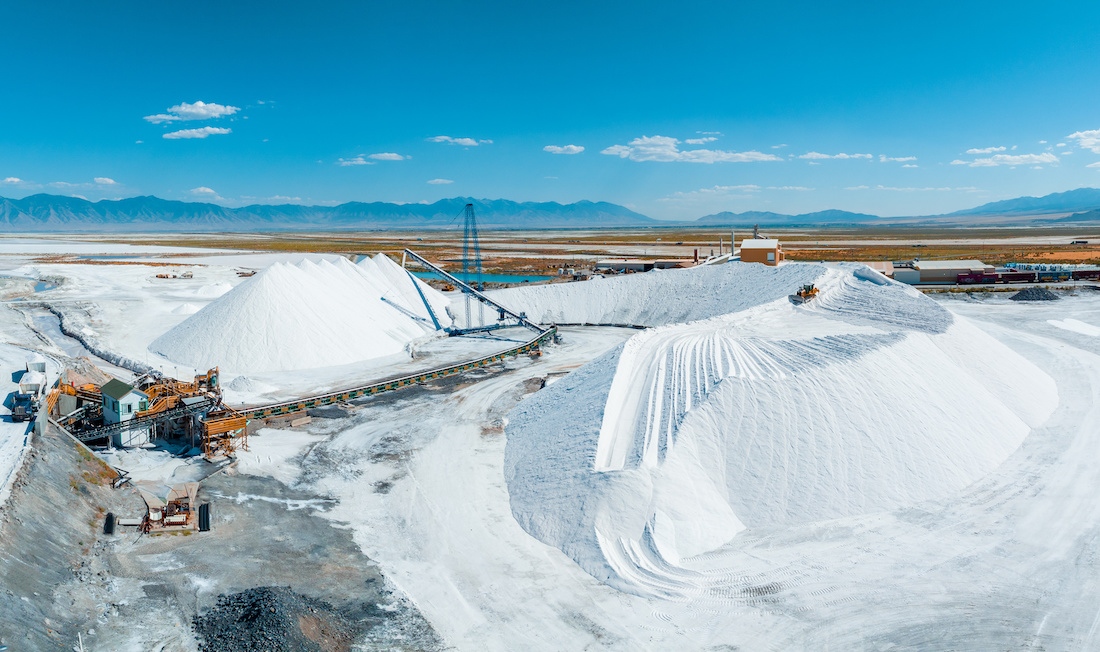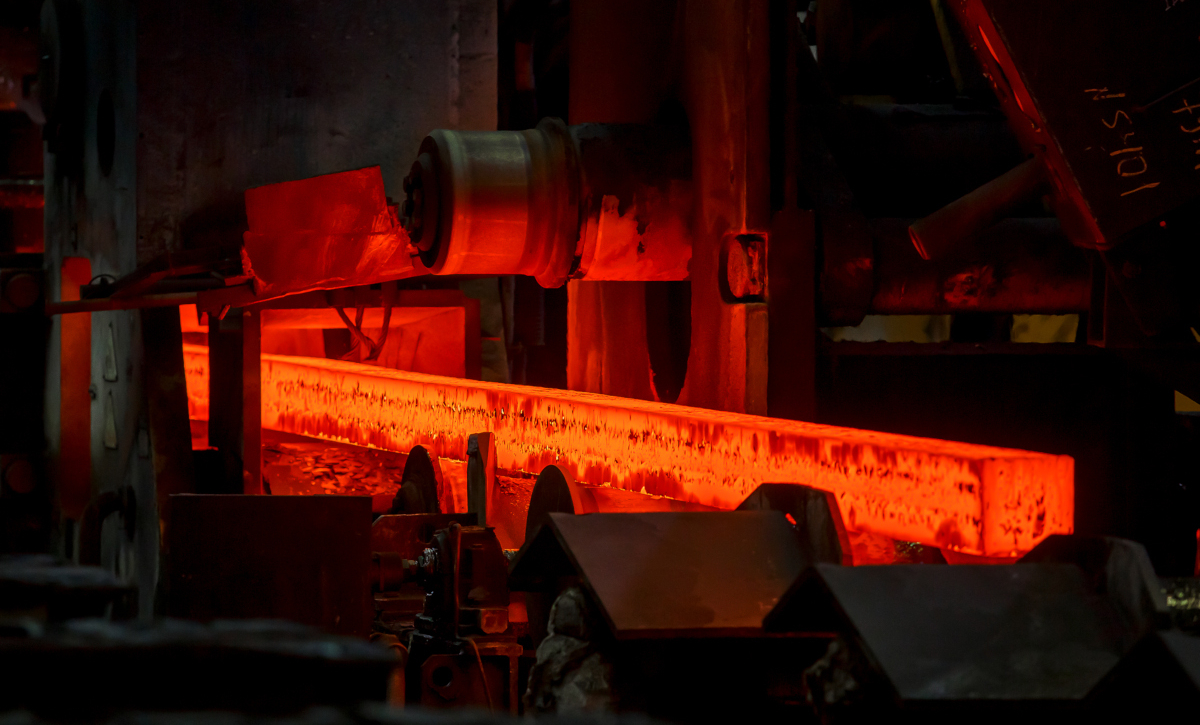
US lithium salts imports experienced an 11% drop in 2024, totaling 16,170 metric tons. This decrease is primarily attributed to inventory destocking and a slower-than-expected adoption of electric vehicles (EVs). Several market dynamics have influenced this import reduction, impacting the overall lithium market.
Key Factors Driving Import Reduction
Price declines and limited shelf-life have led US importers to deplete existing stocks, impacting import volumes. Additionally, a notable shift towards lithium iron phosphate (LFP) batteries in the EV sector has altered import preferences, with a rising demand for lithium carbonate over other lithium salts.
Import Figures and Market Impact
Specifically, imports of lithium oxide and hydroxide fell significantly, dropping by 25% to 705 metric tons in 2024. In contrast, lithium carbonate imports saw a more moderate decline, decreasing by 10% to 15,465 metric tons, as reported by the US Census Bureau. These figures reflect a notable adjustment in the types of lithium salts being imported to align with current battery production trends.
Regional Suppliers and Usage Patterns
The majority of US lithium salt imports originate from South America, with Chile and Argentina accounting for 98% of the total supply. Chile provided 9,105 metric tons, while Argentina supplied 6,779 metric tons. This geographical concentration highlights the dependence on these regions for US lithium supplies. Manufacturers predominantly utilize lithium hydroxide in high-energy-density battery production, while they favor lithium carbonate for LFP battery manufacturing, thus influencing import demands.
This shift in lithium imports will impact the overall market pricing and availability. SuperMetalPrice will closely monitor the lithium market for further developments.











Leave a Reply
You must be logged in to post a comment.